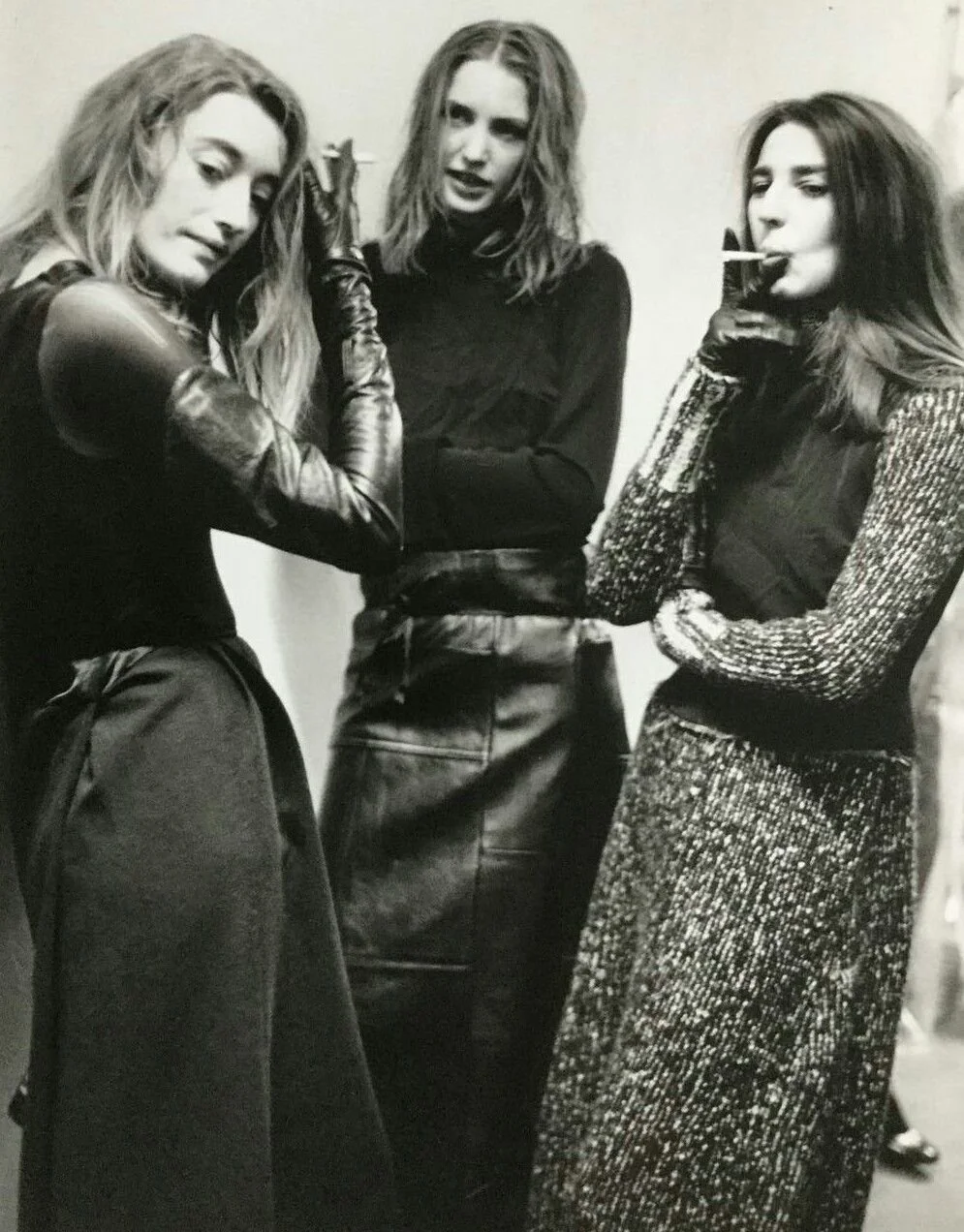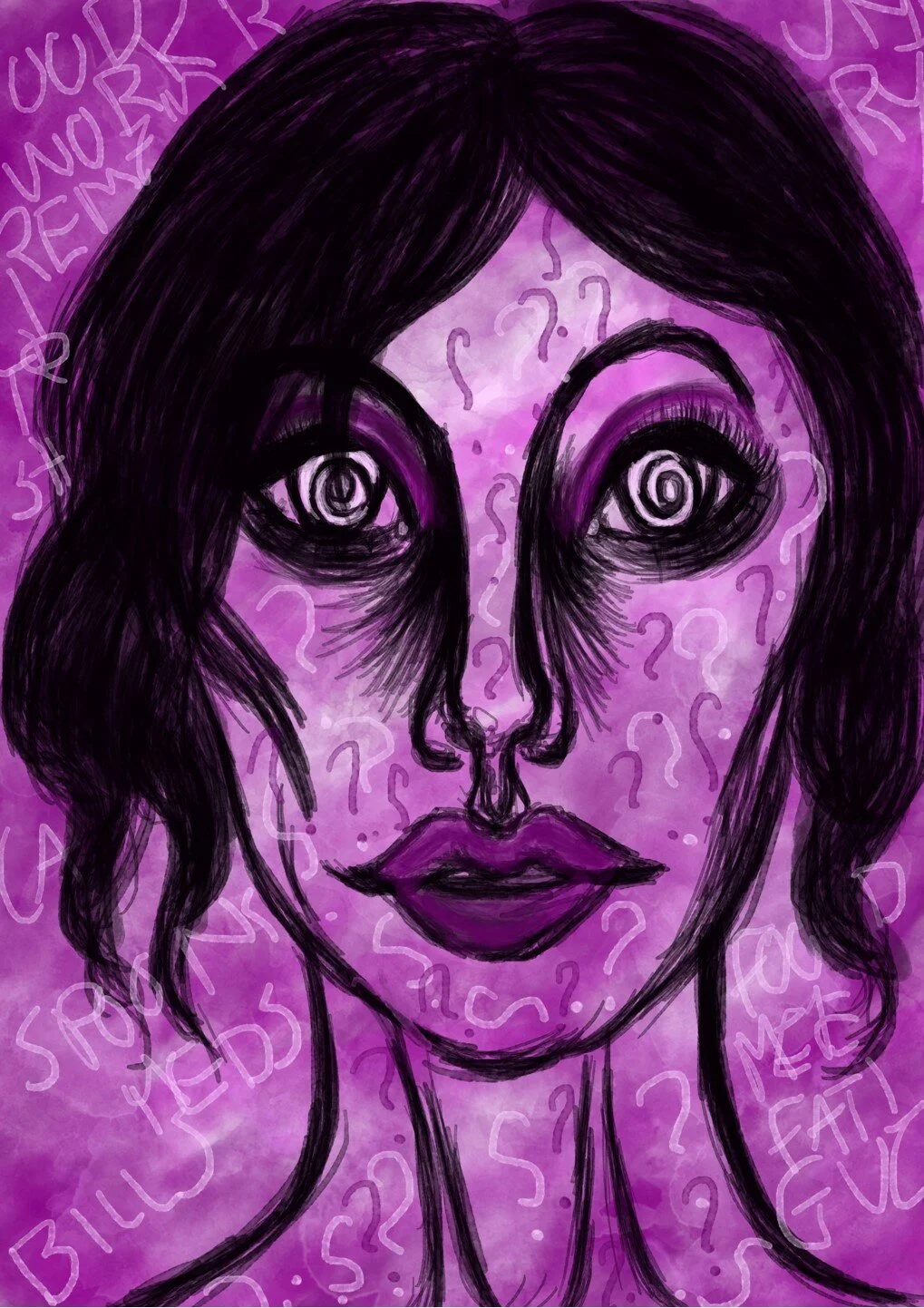90s Belgian Fashion - The Unexpected Place I Felt My Asexual Identity Represented
When I first realized I might be asexual, I spent a lot of time being confused. Confused mainly because, if the whole sex, partner, marriage, and babies thing wasn’t what I wanted - what was I meant to be doing? Very quickly I went from confusion, to feeling a sense of freedom, and then back to feeling isolated again. I didn’t see anything in the world around me that reflected how I felt, or how I wanted to feel, which is probably why it took me so long to figure this all out in the first place. This new information didn’t give me a clear new path to follow, and nothing in my life had materially changed.
I began to reconsider how I presented myself, how I did my makeup, how I dressed. I started thinking, if I was dressing only for my own pleasure, what did that look like? Then I saw the picture. F/W 1992-1993. Three women standing together, gossiping and smoking in the coolest clothes I’d ever seen. The long skirts, the turtlenecks, the leather gloves, and undone hair. For the first time, I saw someone dressing in a way that really felt compelling to me. The seemingly impossible intersection of modesty and sensuality. So much fabric without looking like a pilgrim. Martin Margiela’s thirty-year-old vision called to me.
Many of Margiela’s designs are, of course, a reaction against the hyper-sexualized designs of the eighties. Hardly Gaultier or Mugler; instead relying on oversized silhouettes, muted colors, and anonymity. That’s not to say that the design is boring, on the contrary. The designs are intentionally fun, with the duvet inspired coats and the champagne cork necklaces. The Japanese inspired tabi shoes seem to be the internet’s “it” shoe of the moment (or else the algorithms just know what I want). In many ways Margiela’s designs have revolutionized contemporary fashion, inspiring other designers like An Vandevorst and Filip Arikcx.
Maybe it’s something to do with Martin Margiela himself that spoke to me; famously reclusive, avoiding public appearances and interviews since the beginning of his career. I have no right to presume his sexuality, and I’m not going to, but I do think that many asexual people could relate to seeing someone rejecting societal conventions of behavior and producing clothing that does not fit how women are necessarily “meant” to dress.
It can sound incredibly shallow to feel represented by Belgian fashion, but we all explore our identities through dress whether we intend to or not. Fashion, like any art, helps show us pieces of ourselves in a new way. Designers like Martin Margiela have allowed me to feel less alone in my identity by showing that clothes (and life) can be exciting and joyful without needing to be sexual. In a world with so little asexual representation, we must search hard to feel seen, and often that feeling comes from the most unexpected places.





